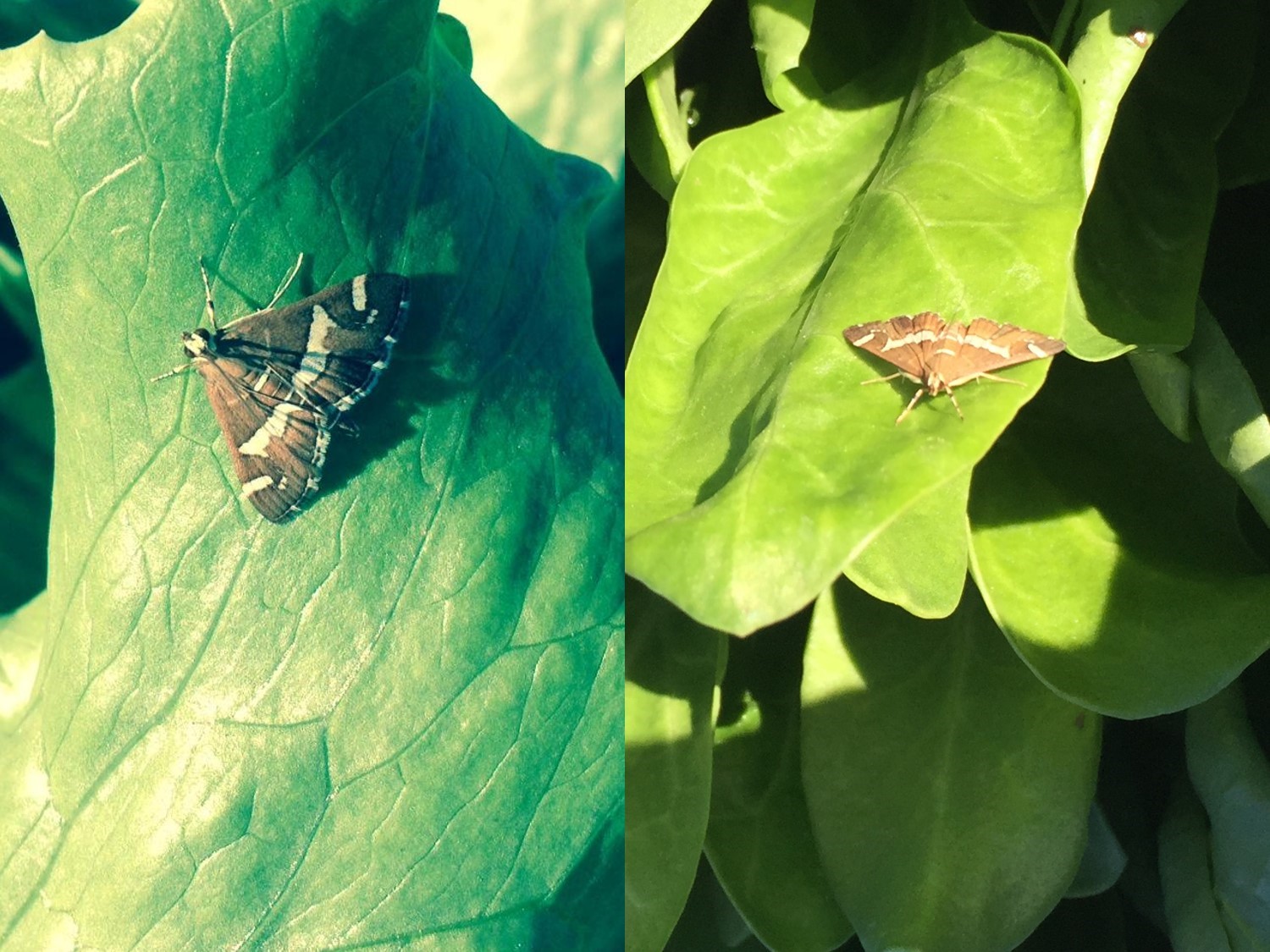
|
|
|
|

|
|||
|
|
|||
Flubendiamide The Arizona produce industry received some good news and some bad news recently. First, the bad news. Earlier this year, the U.S. Environmental Protection Agency (EPA) issued a notice with the intent to cancel flubendiamide products (Belt SC and Vetica) due to potential risks to aquatic invertebrates. Bayer Crop Science was asked to voluntarily cancel all flubendiamide registrations, but subsequently rejected the EPA’s decision and requested a hearing from Agency’s Administrative Law Judge and Environmental Appeals Board (EAB). Unfortunately, the Appeals Board has upheld the earlier EPA decision to cancel the registration of flubendiamide. So, as of today, Belt and Vetica can no longer be sold by Bayer or Nichino in the U.S., but the EAB decided that it would allow distributors and retailers to continue to distribute and sell existing stocks of the two products remaining in inventory. Thus PCAs and growers can continue using remaining product in inventory. This final decision is unfortunate since both Belt and Vetica are important cost-effective alternatives for worm control in produce and melon crops. In fact, among the diamide chemistries, Belt and Vetica were the most commonly used products in fall lettuce. For more information, see this Flubendiamide EAB Decision. |
|||
| Back | |||
|
For questions or comments on any of the topics please contact Marco Pena at the Yuma Agricultural Center.
|
|||
|
Home |
Cotton | Veggies |
Forages | Grains
| Citrus |
Crop x Crop Insects | Diseases| Weeds | Pesticides | Economics | News | Weather | Research | Photos | Contacts | General Info. Copyright © 2001 University of Arizona, College of Agriculture and Life Sciences Webmaster: Al Fournier (acis@ag.arizona.edu) |
|||

